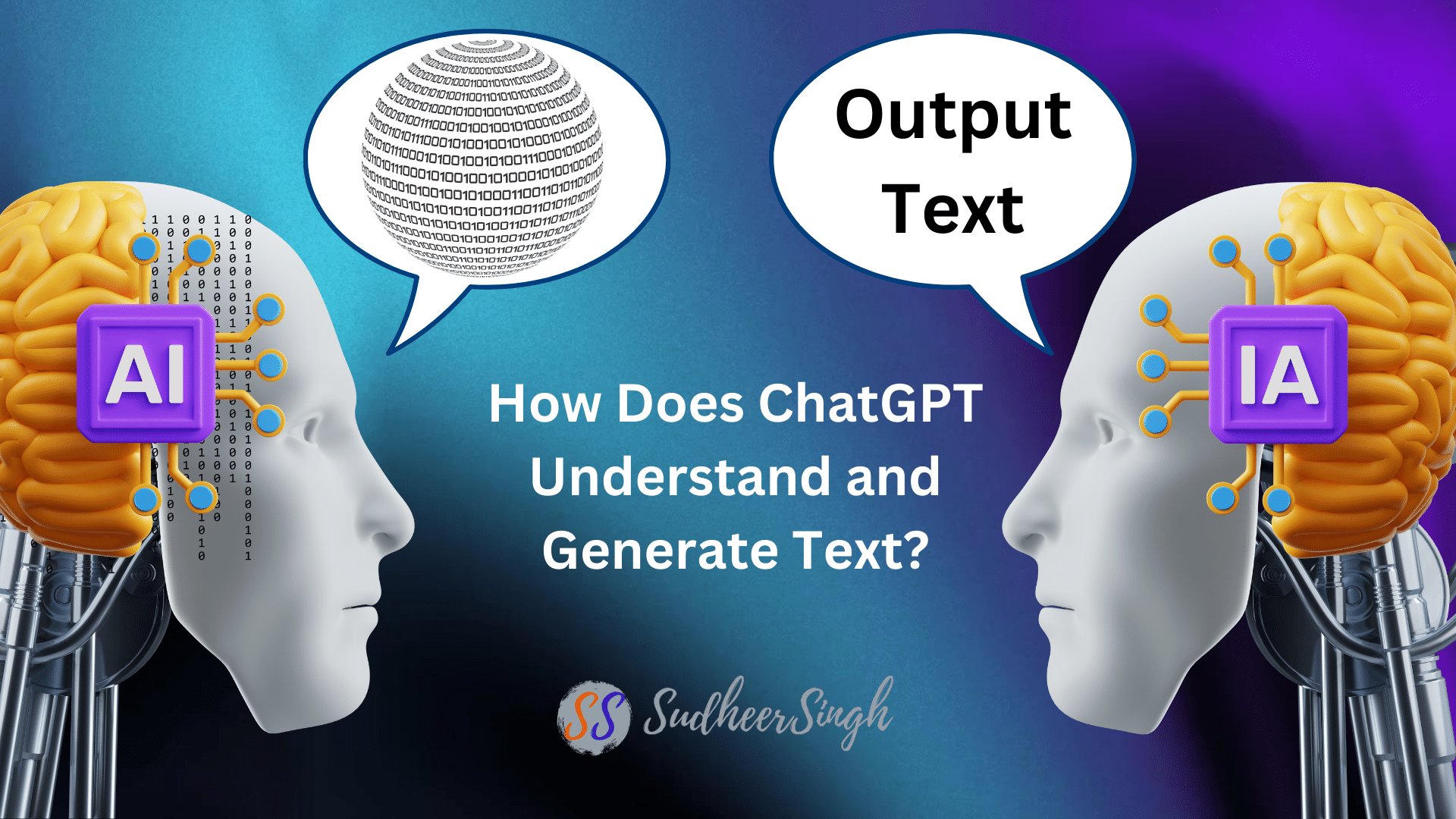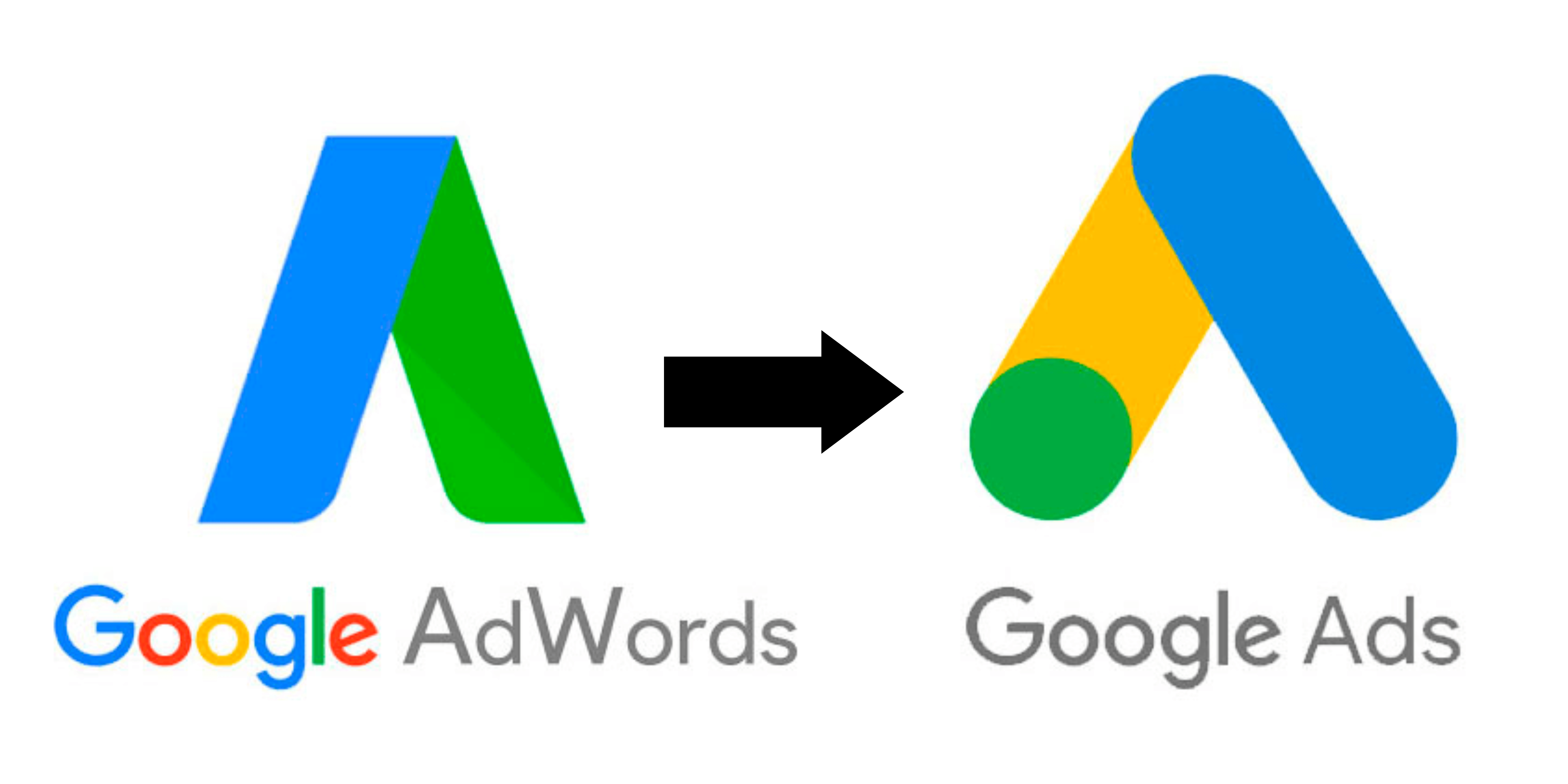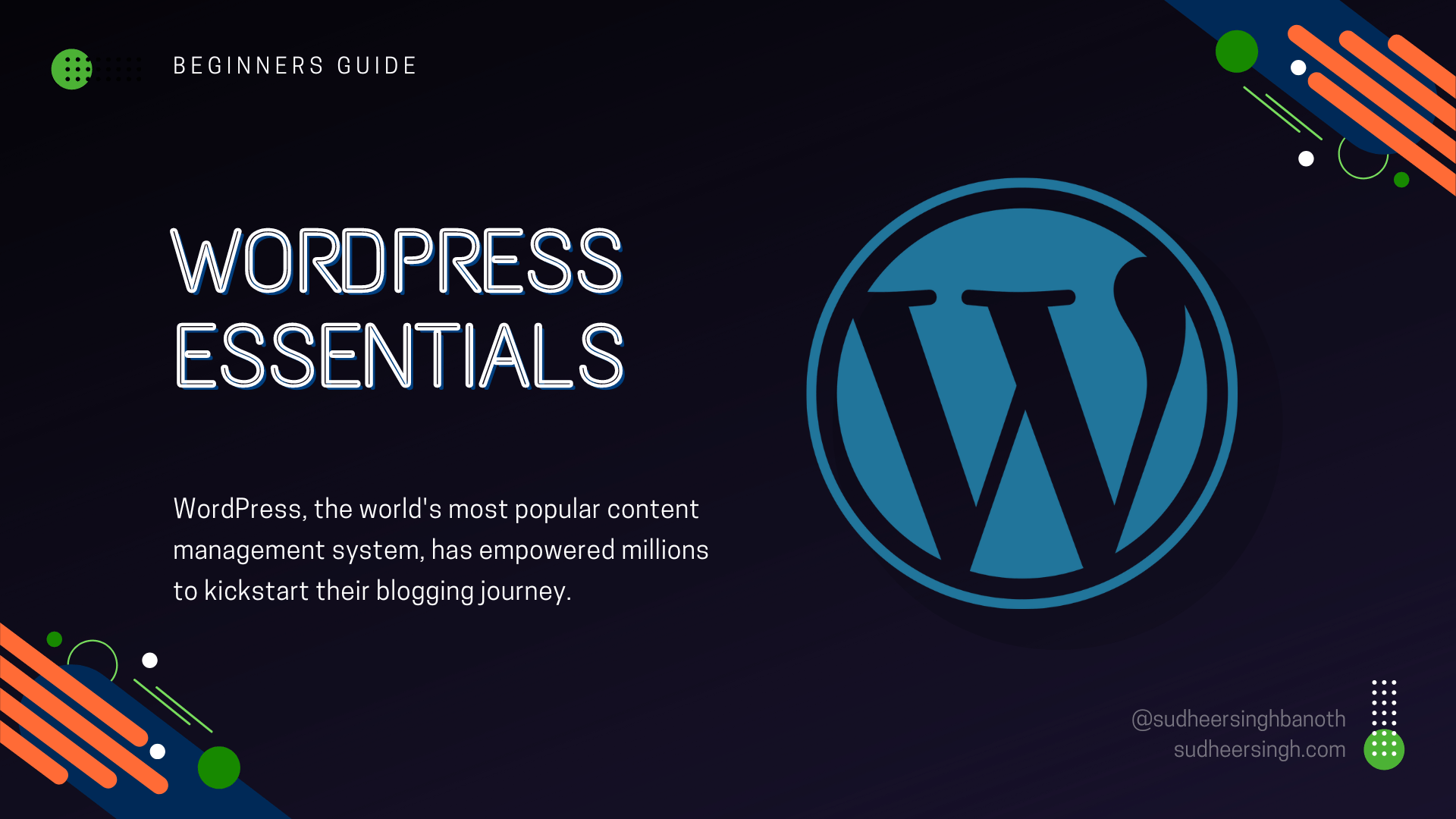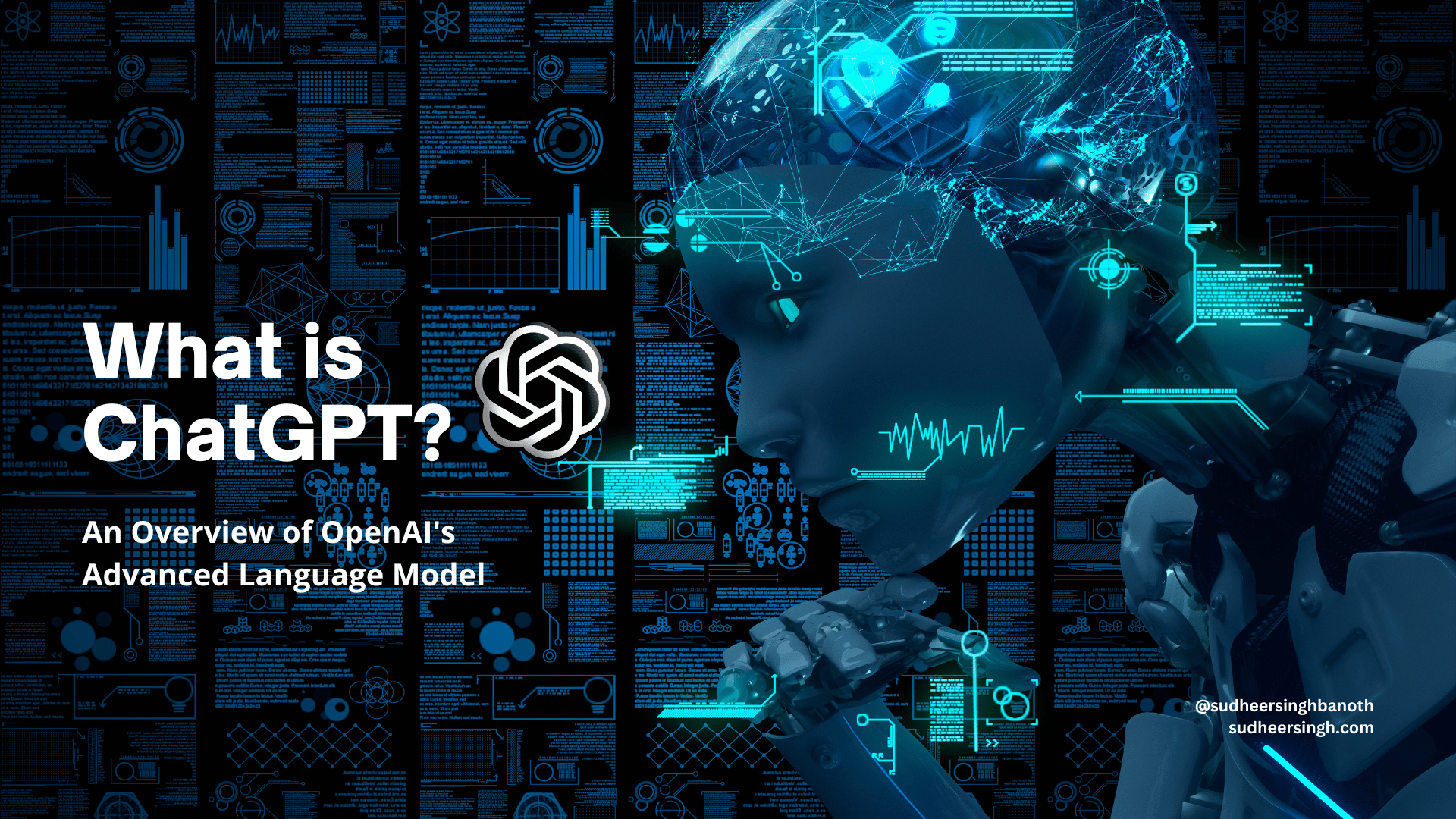
The marvel of modern machine learning technology lies in its ability to perform tasks that, until recently, were solely reserved for humans. One such capability is understanding and generating text. Central to this endeavor is OpenAI’s ChatGPT, a language model that has fascinated many. But how exactly does ChatGPT work? Let’s dive deep.
The Foundation: Transformers Architecture
To understand ChatGPT’s prowess, we first need to acquaint ourselves with the Transformers architecture. Proposed in the paper “Attention Is All You Need” by Vaswani et al. in 2017, Transformers revolutionized the way machines understand context in sentences. By enabling models to focus (‘attend’) on different parts of an input sentence, regardless of their position, Transformers could grasp long-term dependencies and contextual nuances.
The Power of Attention Mechanism
At the core of the Transformers architecture lies the attention mechanism. In essence, it allows the model to weigh the importance of different words in a sentence when producing an output. For example, in the sentence “The cat, which was brown, jumped over the tiny wall,” the model can decide which words (‘cat’ and ‘jumped’) are central to understanding the action.
Tokenization and Embeddings
Before processing, text is tokenized into chunks. These tokens are then converted into vectors using embeddings. In simpler terms, words or chunks of words are represented as high-dimensional vectors that capture their semantic meaning. This transformation allows the model to perform mathematical operations on words, discerning relationships between them.
GPT: Generative Pre-trained Transformers
ChatGPT is based on the GPT (Generative Pre-trained Transformer) series of models. The ‘pre-trained’ aspect means that before fine-tuning on specific tasks, the model is trained on vast amounts of text, learning grammar, facts about the world, and even some reasoning abilities. This extensive training, often using diverse internet text, endows ChatGPT with its impressive knowledge base.
Decoding the Output
Once the model processes the input text, it doesn’t just pop out a fully-formed response. The output is decoded, often token by token, using strategies like beam search or greedy decoding to select the most likely next word until a full response is generated.
Training and Fine-Tuning: The Making of ChatGPT
The might of ChatGPT isn’t achieved in a single training session. Initially, it undergoes a phase known as unsupervised learning, where it predicts the next word in a sentence from massive datasets without explicit labels. This phase helps the model learn grammar, structures, and facts. The subsequent phase involves fine-tuning, where the model is trained on narrower datasets, sometimes with human feedback, to perform specific tasks or adhere to guidelines.
Limitations and Ethical Considerations
While ChatGPT is impressive, it isn’t infallible. It can generate incorrect or nonsensical answers. At times, it might be excessively verbose or fail to ask clarifying questions for ambiguous queries. Additionally, since it’s trained on vast internet data, it might inherit biases present in those texts. OpenAI is actively researching and iterating on these challenges to create more reliable and unbiased models.
The Future of Text Generation
The success of models like ChatGPT underscores the rapid advancements in the field of natural language processing. As we move forward, we can anticipate more nuanced, context-aware models that understand subtleties, humor, and possibly even emotions in the text.
Conclusion
ChatGPT’s ability to understand and generate human-like text is the result of a combination of innovative architectural decisions, massive datasets, and sophisticated training techniques. As technology continues to evolve, so too will our understanding and appreciation of these digital marvels. ChatGPT is not just a tool; it’s a testament to human ingenuity and the possibilities that lie at the intersection of linguistics and machine learning.



